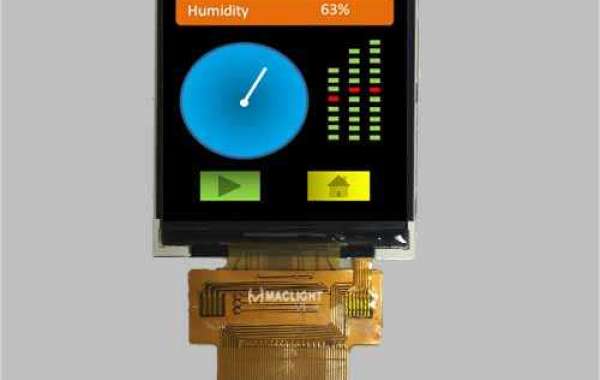A development board based on the Raspberry Pi RP2040, the LilyGO T-Display RP2040 is equipped with a 1.14-inch color display with a resolution of 240135 pixels and sells for around $10 on Aliexpress.
As noted by Tom's Hardware, the T-Display RP2040 board is not the only Raspberry Pi RP2040 board with a display, but it is significantly less expensive than the alternatives, such as the Arducam Pico4ML, which sells for around $50.
With the display, which is powered by the ST7789V SPI display controller, the LilyGO T-Display also comes with the usual Pico features, including a dual-core Cortex M0+ processor that can run at speeds of up to 133 Hz and a generous 4MB of flash storage.
These are some of the most popular Raspberry Pi distributions.
Here's our roundup of the best laptops for programming you can buy right now.
Take a look at these top-rated laptops for business purposes.
The board can be programmed using MicroPython and C, just like any other Pico, and it's possible that Arduino support will be added in the near future, based on the fact that it's already available on the manufacturer's similar ESP32 board, which has the same display.

There has been a similar trick before with the Arducam Pico4ML - and with a resolution of 240 135 pixels, it is far from HD - but the Arducam Pico4ML comes in at just under $10 with the RP2040 board attached. Along with the ST7789V SPI controller required to drive the screen, you also get all of the usual Pico accoutrements, such as the dual-core Cortex M0+ processor, two UARTs, two SPIs, and two I2Cs, as well as a generous 4MB of flash storage. The USB-C connector is used for both power and data connectivity, which is a wise choice given that it is becoming increasingly common on maker boards. The GPIO on the LILYGO T-Display is where it falls short. The board appears to be wider and has a different pin layout than the traditional Raspberry Pi Pico, necessitating the use of inventive hacking to connect accessories that were designed for the Pico.
A two-pin 1.25mm pitch JST connector on the board, as well as an expansion header, allow you to power the board and its screen from a battery. A connector cable and an expansion header are included with the package. As with any other Pico board, the board can be programmed using MicroPython and C, and CNX anticipates that Arduino support will be added in the near future, owing to the existence of an Arduino-like ESP32 board by the same manufacturer that has the same display. Right now, there is no indication of CircuitPython support, but it won't be long before a member of the community ports CircuitPython to this board.
Some games are won, some are lost.
While the board does have a robust set of expansion options, including 15-pin and 12-pin expansion headers as well as 14x GPIOs, Tom's Hardware notes that the pin layout appears to be different from the traditional Raspberry Pi Pico. ST7789V. It will take some effort to get Pico accessories to work with the LilyGO T-Display, especially given the fact that it appears to be wider.
On the plus side, the board can operate in two different power modes. For example, there's the standard 5V USB-C connector, which is reportedly becoming the standard connector on maker boards as time goes on. An additional feature is a two-pin 1.25mm pitch JST connector that can also be used to power the board and screen via a LiPo battery.
The T-Display RP2040 board itself, as well as a connector cable for connecting a battery and an expansion header, are all included in the $10 package. However, when we checked, the board was out of stock at the time of publication.







